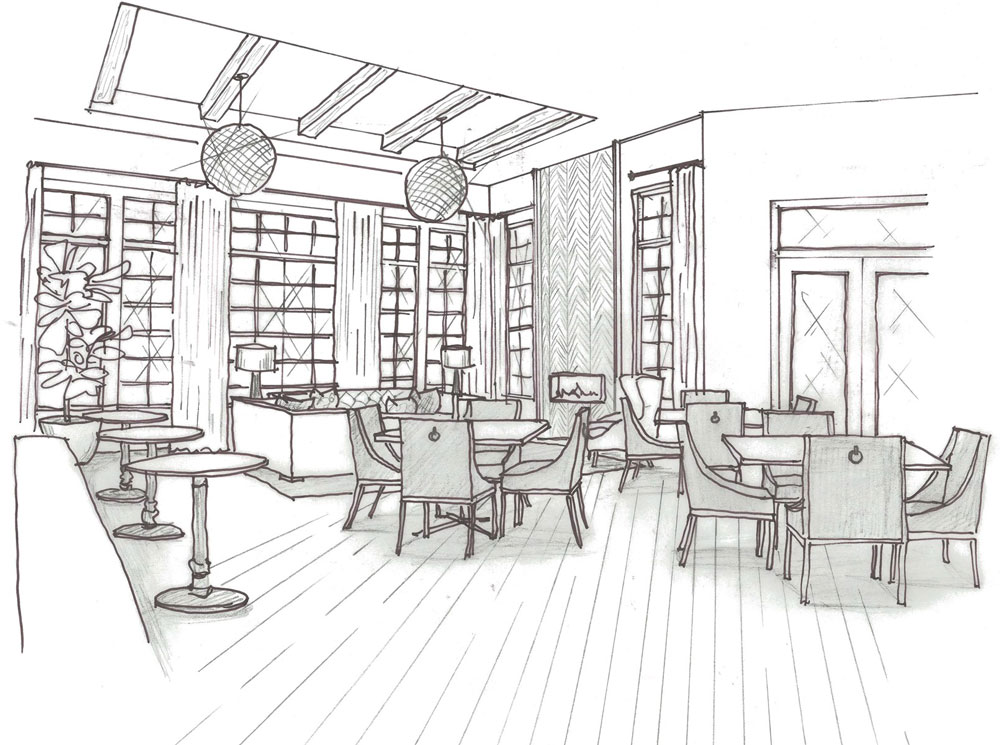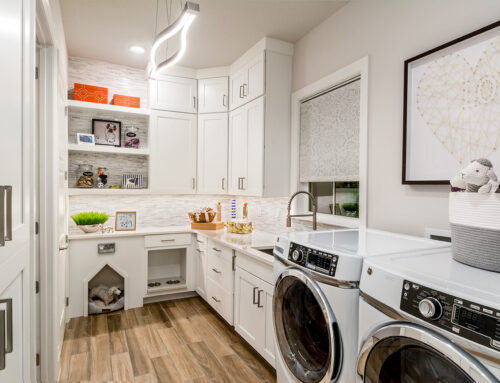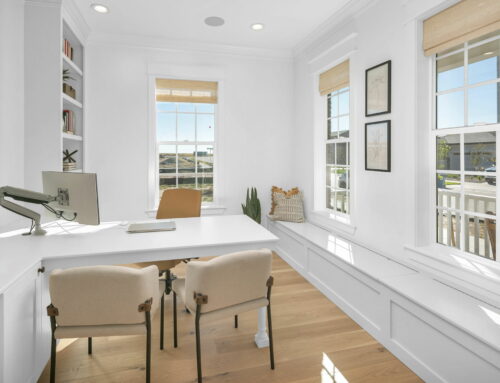When working on a new construction project, the relationship between interior designer, builder, and trade partners is a partnership that needs to be nurtured and handled with care. The best way to ensure a project stays on track is for the team to invest enough time in planning how they will work together and then sticking to that agreement throughout the course of the project.
Be clear between an agreement versus an expectation: People tend not to break agreements. If the team comes to a clear agreement on communicating, production schedules and timelines have a better chance of staying on track. However, if one or more partners rely on an expectation of something getting done, it often results in disappointment. The goal is to make things better, easier, and more fun for everyone!
Honest Communication: Typically, the interior designer is responsible for designing the space and specifying the materials and finishes, while the builder is responsible for estimating the cost of the work, obtaining necessary building permits, doing the construction, managing the budget and timeline, and quality control. There is some gray area in-between, and interior designers want to keep true to the design intent agreed upon. Be clear in your written agreement which party maintains responsibility for which actions and on what timeline. If the interior designer is procuring some materials and the contractor others, state that in your written agreement. It should go without saying that both parties must sign the agreement before work begins.
Collaborate: Re-selections will have to be made, it’s part of the process these days. With our current market of supply chain challenges, it’s bound to happen. The best course of action is to go back to the designer to help make the reselect. This may take a little bit longer, but the selection will be more in touch with the initial design intent. Don’t leave it up to the onsite team, purchasing, or General Contractor. Use the designer the way you’ve hired them and maintain the design intent.
Document what happens in project meetings: Take minutes during these meetings, and send out the notes after the meeting. This helps everyone stay on the same page and to assign accountability to specific parties for tasks that need to be completed.
Be available to communicate: A builder’s questions cannot wait. Industry-standard is to respond, at a maximum, within 72 hours. Mary V. Knackstedt, author of “The Interior Design Business Handbook: A Complete Guide to Profitability”, recommends setting early morning hours where you or an assigned person on your team is available to speak by phone. Builders and general contractors start their work as early as 7 a.m., so being reachable during an agreeable timeframe allows for them to get the information they need to be productive that day.
Having a good relationship with your interior designer will help keep your project on schedule and on budget, resulting in a successful project. This symbiotic relationship is built on mutual respect for each other’s talents as well as boundaries for each other’s defined roles. Have questions on how to select an interior designer, or how our communication is a level above the rest? Contact us and let’s get working!






